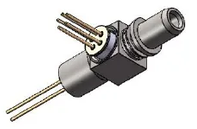Fiber Optic Tech
What Are the Optical Transceiver Module Devices?
Optical devices are composed of two parts: transmission and reception. The commonly used optical devices for optical transceiver modules are TOSA, ROSA, and BOSA.
TOSA
TOSA is the abbreviation for Transmitter Optical Subassembly. Its main function is to convert electrical signals into optical signals. The core component is the light source (semiconductor light-emitting diode or laser diode), LD chip, monitoring photodiode (MD) and other components are packaged in a compact structure (TO coaxial package or butterfly package) to form TOSA. It is composed of a laser, adapter and core sleeve. In long-distance optical modules, isolators and adjustment rings are also added. The isolator acts as an anti-reflection, and the adjustment ring acts as a focal length adjustment.
The types of lasers include VCSEL, FP, DFB, EML, etc., and the type of laser can determine the intensity of light emission.
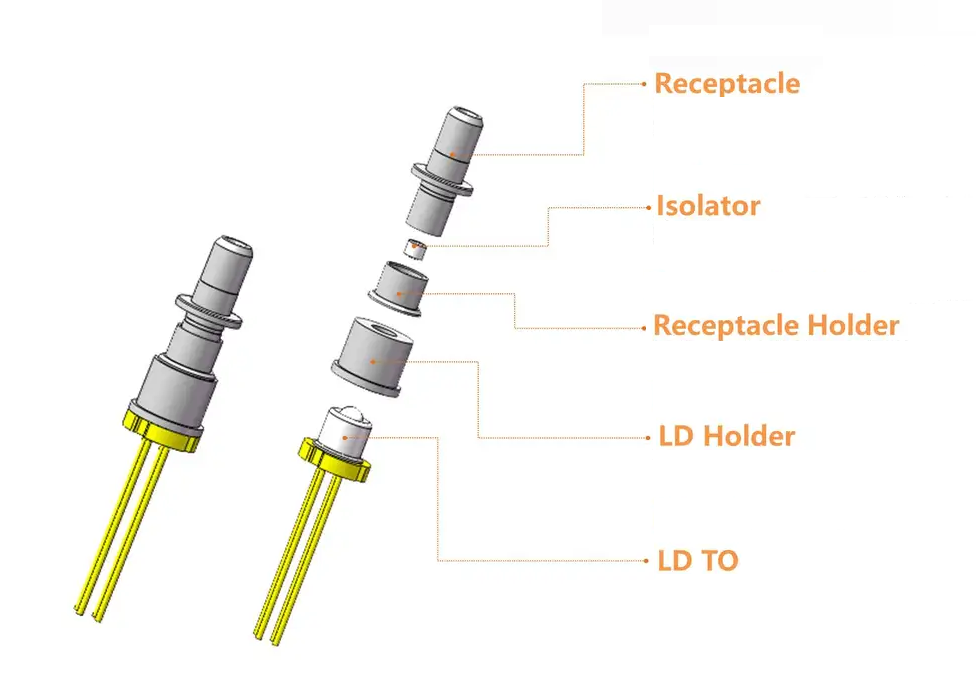
ROSA
ROSA is the abbreviation for Receiver Optical Subassembly. Its main function is to convert optical signals into electrical signals. In high-data-rate fiber optic modules, PIN or APD photodiodes and TIAs are usually assembled in a sealed metal housing to form our optical receiver assembly.
ROSA is composed of a detector and an adapter. The detector type can be divided into PIN and APD, and the adapter is made of two types of metal and plastic PE. The type of adapter determines the sensitivity of light reception.
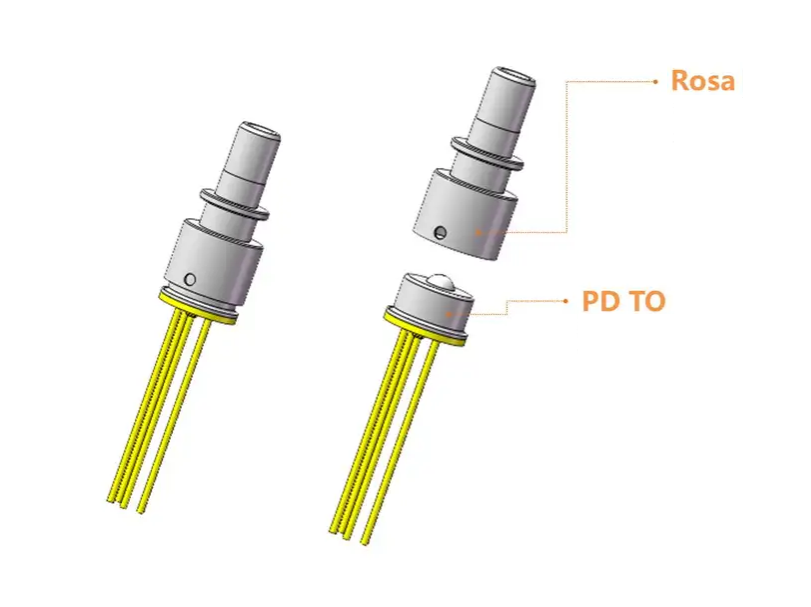
BOSA
With the development of process technology, smaller modules can be made. TOSA and ROSA are integrated into the transceiver of the light source (LD and PIN/APD) through the coaxial coupling process, plus a separator, optical fiber and other components, which is called BOSA (Bi-Directional Optical Sub-Assembly). The main function of BOSA is to perform mutual conversion between optical signals and electrical signals.
BOSA is one of the important devices of single-fiber optical modules. It is composed of a transmitting laser, receiving detector, adapter, filter, base, isolator and core sleeve.

Optical Transceiver Module Structure Diagram
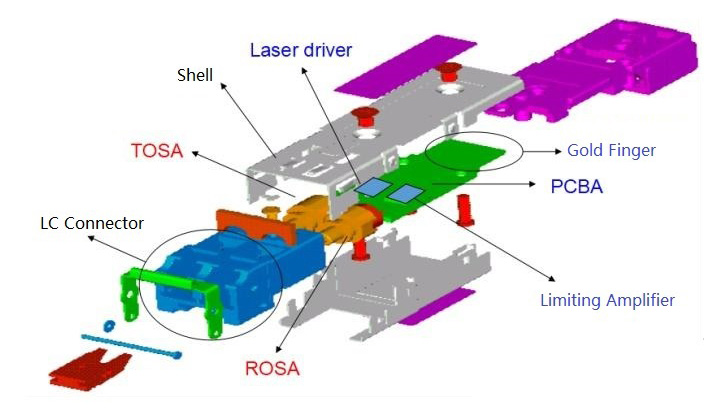
The function of the optical module is to perform photoelectric and electro-optic conversion. The transmitting end converts the electrical signal into an optical signal, which is transmitted through the optical fiber, and then the receiving end converts the optical signal into an electrical signal.
Working Principle of Optical Transceiver Modules
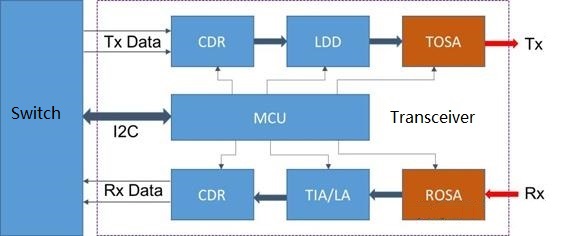
The figure depicts a simplified representation of data transmission using optical modules in a network device, such as a switch. The left side of the image shows the device's circuit board, where electrical signals are processed and prepared for transmission. These signals are then routed to an optical module, which is represented by a rectangular box with two ports. The electrical signals enter the optical module through one port, where they are converted into optical signals. These optical signals are then emitted from the other port of the optical module via an optical fiber cable.
On the right side of the figure, another optical module receives the incoming optical signals and converts them back into electrical signals. These electrical signals are then fed into the circuit board of the receiving device, where they are further processed and interpreted. This process enables the transmission of data between network devices over long distances using optical fiber cables.
Optical transceiver modules play a crucial role in modern telecommunications infrastructure, enabling high-speed data transmission over long distances. They are essential components in various network devices, including switches, routers, and firewalls. The use of optical modules has revolutionized data communication, enabling the widespread adoption of the internet and other data-intensive applications.















